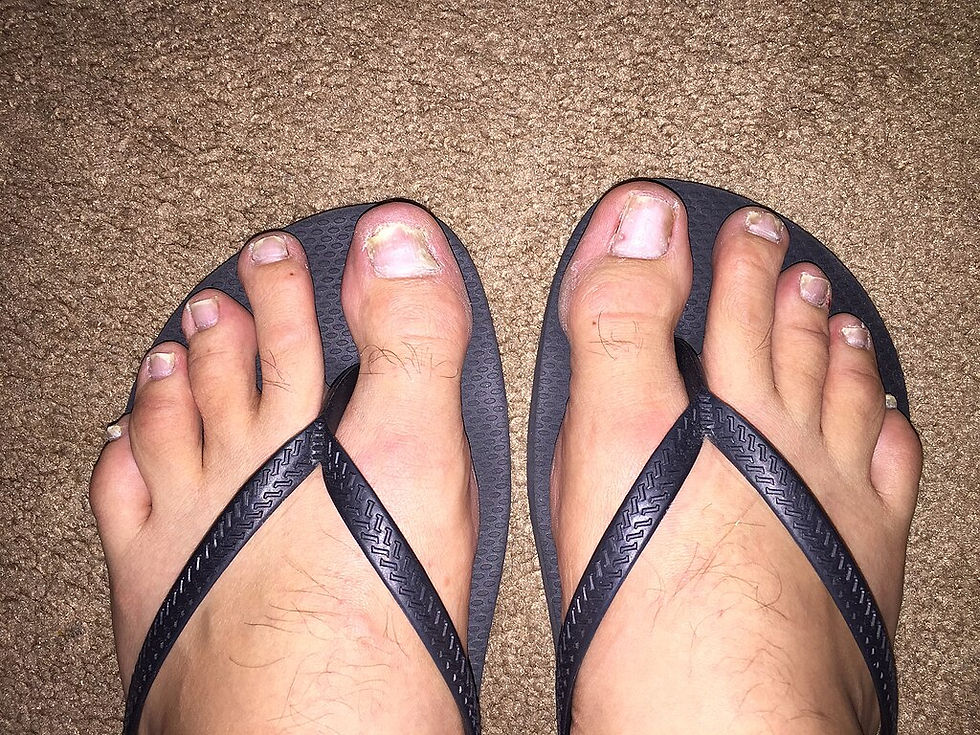More photos of psoriasis patients should be included in published studies
- Allan Ryan
- Dec 4, 2023
- 2 min read

A lack of published psoriasis images complicates communication with patients, according to a study from the University of Gothenburg, Sweden and the University of Copenhagen, Denmark. Although healthcare professionals, rather than patients, are the target audience for scientific publications, the researchers note that the rights of patients to become involved in shared decision-making is an increasingly important aspect of care. These findings underscore the need to bridge the gap between complex research and how patients understand the disease and its treatment, they say.
In the study published in the Journal of Dermatological Treatment, the researchers counted the number of images in 152 studies that focussed on treatment outcomes for biological therapies in psoriasis from 2001 to 2021. The studies included 62,871 patients.
The authors determined that 77% of the studies did not contain any patient images at all. There were only 203 images of 60 patients in the papers examined, including any available supplementary material. That yields an image-sharing rate of just under one per thousand of all the patients included in the studies.
"Patients often find it challenging to grasp the core messages of scientific manuscripts. The clinical results are most often described in something called PASI values, which is a composite score for redness, scaling, induration, and distribution on predefined body areas,” said lead author Dr. Sam Polesie, Associate Professor at Sahlgrenska Academy and a dermatologist at Sahlgrenska University Hospital. “If dermatology researchers were to include more clinical images in their manuscripts, this would improve patients’ understanding of the expected treatment effects,” he said in a press release.
"We hope that this systematic review can serve as an invitation to the pharmaceutical industry and other sponsors, as well as journal editors and authors, to include more images in scientific publications. Including more clinical images with our original manuscripts could better support patient involvement,” said Dr. Polesie.



Comments